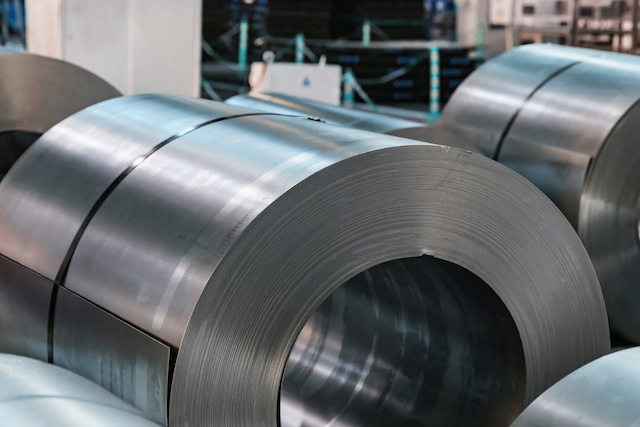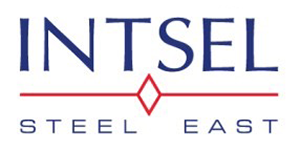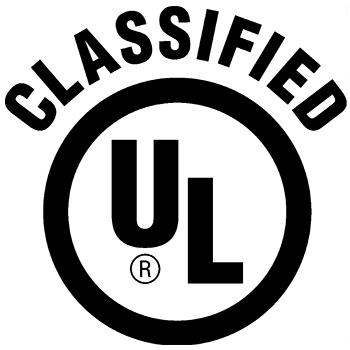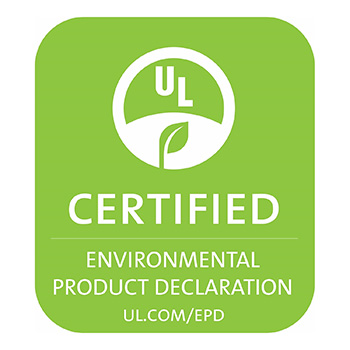A572 Vs. A36 | Grade Comparison and Uses

In October of 2022, United States steel production was roughly 1.67 million net tons. Manufacturers looking for the best grade of steel for their project will want a side-by-side comparison. When deciding between grades of steel, you’ll likely need to compare A572 vs A36. In the United States, A572 steel and A36 steel are some of the most common metals used in construction and manufacturing. These grades of steel are similar in many ways but differ in their chemical composition and physical properties.
In this article, we’ll cover the differences between A572 and A36 steel as well as what applications they’re best for. Keep reading to learn everything you need to know about A36 vs A572 steel!
A572 vs A36: An Overview
A36 and A572 steel both fall into the category of mild steel despite their different compositions. Mild steel has a lower concentration of carbon in comparison to other steel types. Steel with reduced carbon content is easier to work with, but loses some of its strength. For structural applications and light fabrication, A36 steel plate is one of the most common materials in use. In addition to being inexpensive, A36’s especially low carbon content makes it easy to work with.
A572 is an HSLA steel, which stands for high-strength, low-alloy. HSLA steel includes alloys that make the material stronger and more durable. Common alloys added to A572 steel to strengthen it include manganese and phosphorus. Because of A572’s tensile strength, it can bear higher amounts of weight than comparable grades of steel. As a result, manufacturers commonly use this grade of steel for heavy-duty structural applications where they can’t use as much material. Because of the strengthening alloys added to A572, the material is generally more expensive per pound than A36. Although A36 is less expensive, its lower tensile strength and corrosion resistance make finished structures less durable.
A36 vs A572: Common Uses
Before purchasing materials from a metal supplier, any shop manager should be aware of the best way to use different grades of steel. Although A572 and A36 are similar grades of mild steel, their differences in chemical composition mean they have different applications. For projects where manufacturers need to use less material to reduce cost, A572 offers the advantage.
While A36 has less tensile strength than A572, its lower carbon contehttps://www.bushwickmetals.com/products/nt makes it easier to weld, reshape, and machine. As a result, A36 steel is generally easier to work with and reduces labor hours. A36 steel is a cost-effective material for light fabrication, as well as building construction.
Which Steel Grade Is Right for Your Project?
Before taking on a fabrication or construction job, knowing all the material specifications of the finished product is crucial. This information will help you determine which type of steel will be best in terms of function and cost. Several factors can help you choose the right grade of steel for your project if the client doesn’t have a preference.
Working With the Material
Because A36 isn’t as strong or as hard as A572, it is easier to cut, bend, and mill. For projects involving intricately shaped or precision machined parts, A36 can reduce turnaround time as well as material cost. Manufacturers should use A36 for projects requiring more machining if the finished product doesn’t need high tensile strength.
In addition to lower conductivity, the strengthening alloys in A572 can make it more difficult to weld. Any carbon steel is suitable for arc welding, but grades of steel that conduct electricity well offer higher weldability. A36 is also a good choice for jobs where weld requirements and tolerances are especially exact, such as with union jobs. The steel grade’s higher weldability will make it easier to meet weld requirements. Although a metal that’s easier to work with can reduce labor costs and man-hours, you should consider strength requirements. A572 is a better choice for heavy structural jobs despite its higher cost.
Durability
In terms of strength, A572 is the clear choice over A36. If the finished structure has to stand up to large amounts of weight, you should consider using the HSLA alloy steel. A36 steel has a minimum yield of 36 ksi, while A572 offers a minimum yield of 50 ksi. The ksi, or kilo-pound per square inch, is a unit of pressure like psi. Unlike PSI, which is ordinarily a measurement for gases, ksi denotes a material’s tensile strength or yield strength.
Another important factor in choosing a grade of steel is if the structure needs to stand up to the elements. Steel structures that won’t be painted should resist corrosion from exposure to water. In addition to its higher strength, A572 steel also resists corrosion. Because A572 doesn’t need painting to resist rusting, it can save material costs and time for outdoor structures. A36 steel, despite being easier to work with and inexpensive, is less corrosion-resistant, meaning it will rust over time if not painted. As a result, manufacturers should avoid this grade of steel for projects that will come into contact with water regularly.
Some finished projects will have to hold up to extremely high or low temperatures. A36 steel is less likely to hold its shape under extreme heat than A572. However, both grades of steel can withstand temperatures up to 750° Fahrenheit. If a structure needs to withstand higher temperatures, mild steel of any kind probably isn’t suitable.
Get the Right Steel for the Job
No matter what job your shop needs steel for, knowing the difference between A572 vs A36 steel is essential. A572 is stronger and more durable, while A36 is cheaper and easy to reshape. You should consider the material’s cost as well as its durability. How easy the material is to work with is another important factor.
For other questions about comparing A36 vs A572 steel, Bushwick Metals can help. Contact us today to learn more about which steel grade is right for your job!






